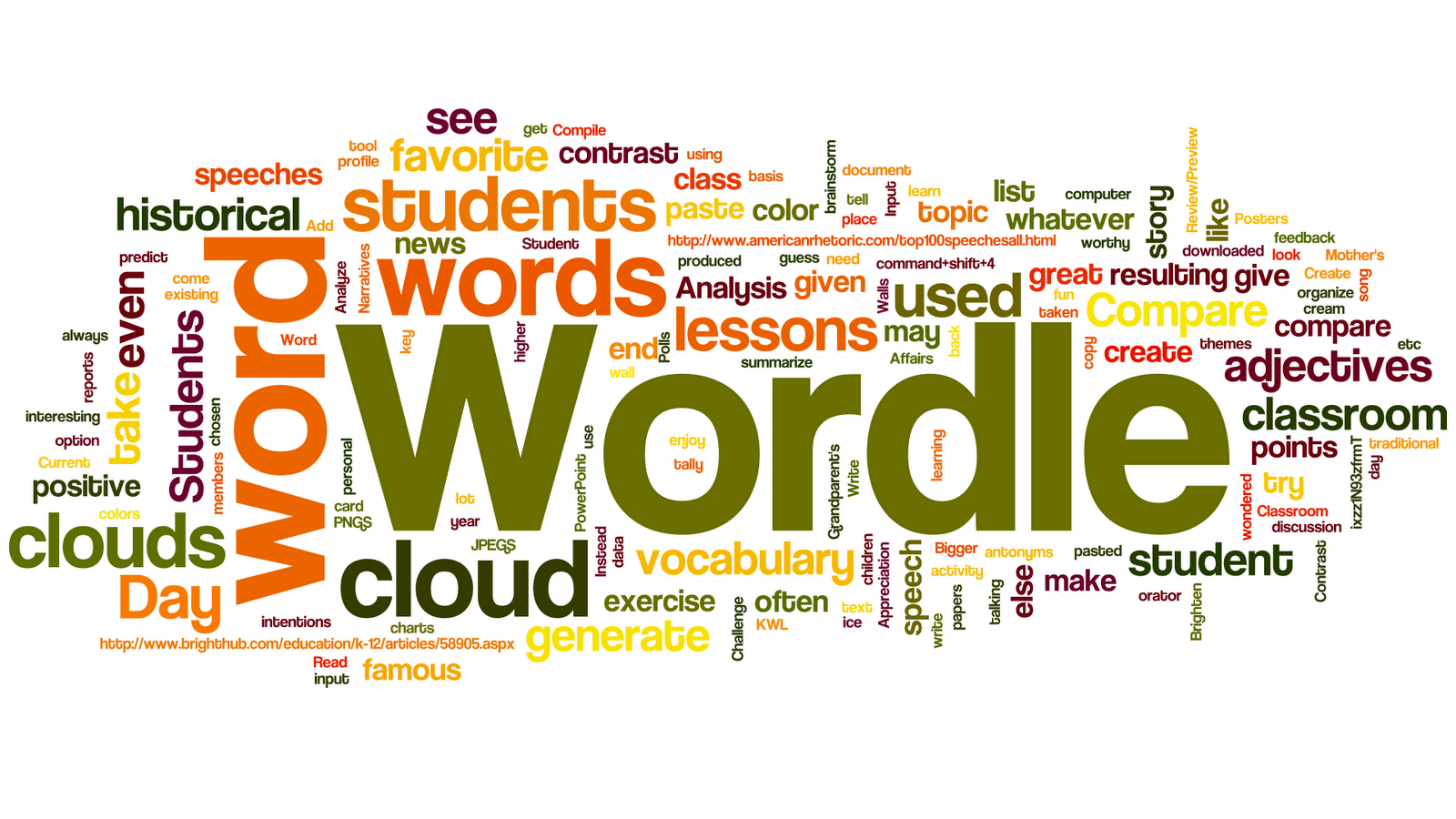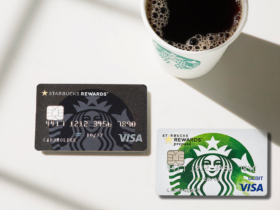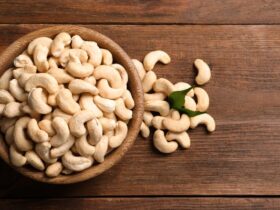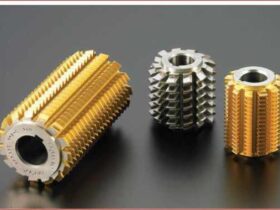In today’s fast-paced world, simplicity and minimalism have become highly valued attributes in various aspects of life, including design. When it comes to restaurant flyer design, minimalism can play a significant role in capturing attention, conveying the message effectively, and leaving a lasting impression on potential customers. This article explores the art of minimalism and its application in restaurant flyer design, highlighting its benefits and providing valuable insights for creating compelling and visually striking flyers.
Elevate your restaurant’s marketing with a captivating flyer design. Explore these creative restaurant flyer ideas for inspiration and stand out from the competition.
Understanding Minimalist Design Principles
1. Negative Space and Simplicity
Negative space, also known as whitespace, is the empty space surrounding design elements. It allows the viewer’s attention to be directed towards the key components of the flyer. By embracing simplicity and employing generous negative space, restaurant flyers can achieve a sense of elegance, sophistication, and focus.
2. Limited Color Palette
Minimalist design often utilizes a limited color palette, consisting of a few carefully chosen colors. This restrained approach ensures visual harmony and prevents overwhelming the viewer. In restaurant flyer design, selecting colors that align with the brand’s identity and evoke the desired emotions can create a lasting impression.
3. Typography and Font Choice
Typography plays a crucial role in minimalist design. Selecting clean, modern fonts and using them sparingly can enhance the overall aesthetics and readability of the flyer. Thoughtful consideration should be given to font sizes, spacing, and alignment to maintain visual balance and clarity.
Applying Minimalism to Restaurant Flyers
1. Visual Hierarchy
Establishing a clear visual hierarchy is essential in guiding the viewer’s attention and conveying information effectively. By using size, color, and placement, important elements such as the restaurant name, key offerings, and contact details can be emphasized, allowing potential customers to quickly grasp the essential information.
2. Clean Layouts
A clean and well-organized layout is fundamental to minimalist restaurant flyer design. Each element should have ample breathing room, and the overall composition should be visually balanced. By avoiding clutter and unnecessary embellishments, the design can communicate its message concisely.
3. Focus on Key Elements
Minimalism allows designers to focus on the essential elements that truly matter. In restaurant flyers, showcasing enticing food images, highlighting special offers or discounts, and emphasizing the unique selling points can capture the viewer’s attention and prompt them to take action.
Choosing the Right Imagery
1 High-Quality Photos
When incorporating imagery into restaurant flyers, high-quality photographs are crucial. The images should be visually appealing, well-lit, and accurately represent the cuisine offered. Minimalist design principles can be applied to images by ensuring they blend harmoniously with the overall layout and don’t overwhelm the viewer.
2 Illustrations and Icons
In addition to photographs, minimalist restaurant flyers can also benefit from the use of illustrations and icons. These graphical elements can add a touch of creativity and personality to the design while still maintaining a clean and minimal aesthetic.
Color and Contrast for Impact
Strategic Color Choices
Carefully selecting colors that evoke the desired emotions and align with the restaurant’s brand identity is crucial. Minimalist restaurant flyers often feature muted tones, pastels, or monochromatic color schemes. When used strategically, color can create visual interest and draw attention to specific elements.
Effective Use of Contrast
Contrast is a powerful tool in minimalist design. It helps distinguish different elements and enhances readability. By incorporating contrasting colors, such as dark text on a light background or vice versa, important information can be easily understood and remembered.
Typography for Minimalist Appeal
Font Selection
Choosing appropriate fonts that align with the restaurant’s brand identity is essential in minimalist design. Clean and modern fonts, such as sans-serif typefaces, are commonly used to achieve a sleek and contemporary look. Combining different font weights and styles can also add visual interest while maintaining simplicity.
Minimalist Typography Techniques
Minimalist typography techniques include generous line spacing, consistent alignment, and limited use of decorative elements. These techniques contribute to readability and ensure that the typography complements the overall minimalist aesthetic of the restaurant flyer.
Incorporating Whitespace
Balancing Content and Whitespace
Whitespace, or negative space, is a fundamental aspect of minimalist design. By finding the right balance between content and whitespace, designers can create an uncluttered and visually pleasing layout. Ample whitespace provides breathing room for the elements and enhances the overall impact of the design.
Enhancing Readability
Whitespace also plays a crucial role in enhancing readability. Sufficient spacing between paragraphs, lines, and individual characters improves legibility and makes the flyer easier to digest. It allows the viewer’s eyes to navigate through the content effortlessly.
Key Information and Call-to-Action
In minimalist restaurant flyer design, it’s essential to prioritize key information and include a clear call-to-action. The restaurant name, address, contact details, opening hours, and any special offers should be prominently displayed. Additionally, a compelling call-to-action encourages potential customers to visit the restaurant or make a reservation.
Conclusion
Minimalism in restaurant flyer design offers a compelling way to captivate customers’ attention and communicate effectively. By embracing simplicity, utilizing negative space, choosing a limited color palette, employing clean typography, and creating a well-balanced layout, designers can create visually striking and memorable flyers that entice potential customers.












Leave a Reply